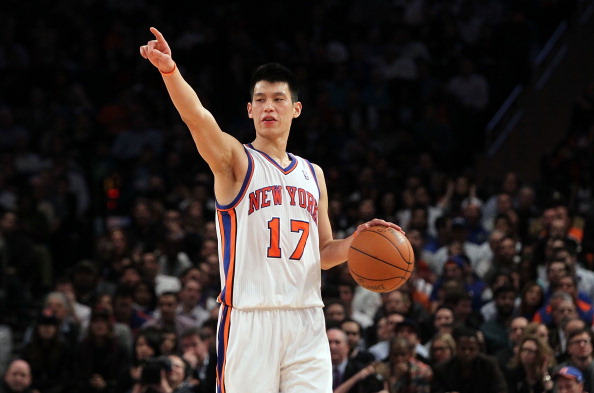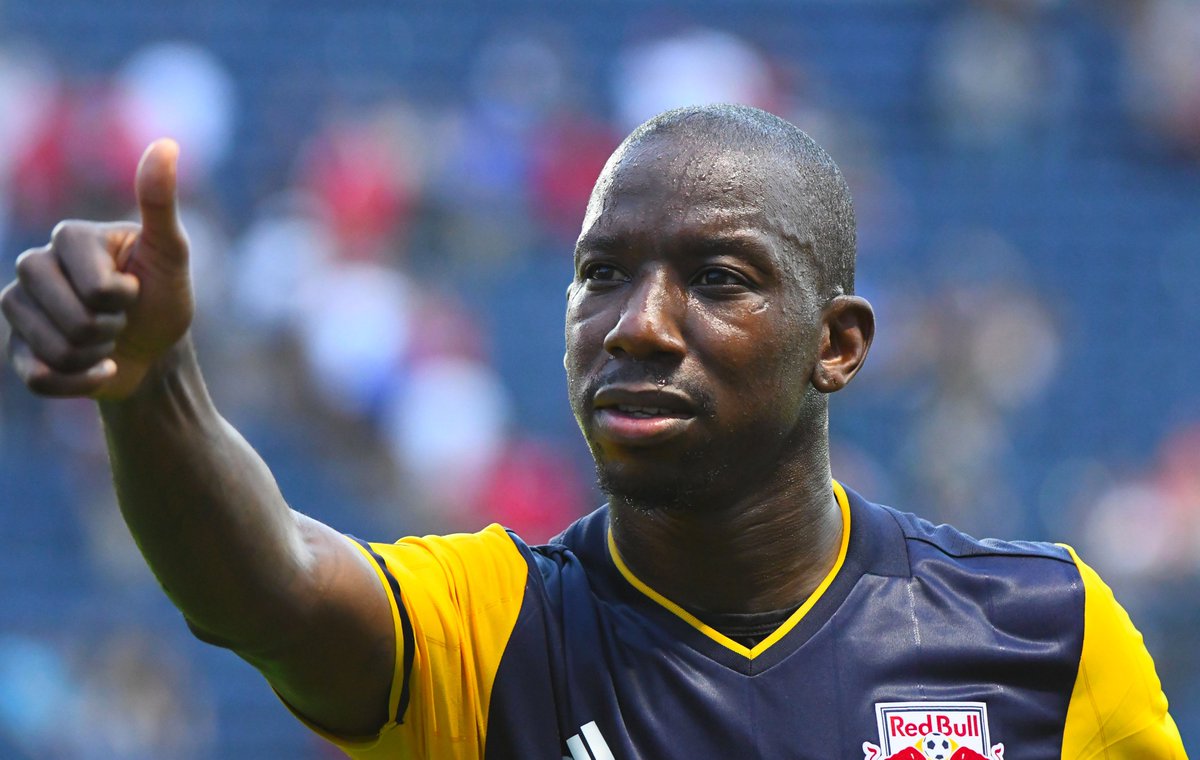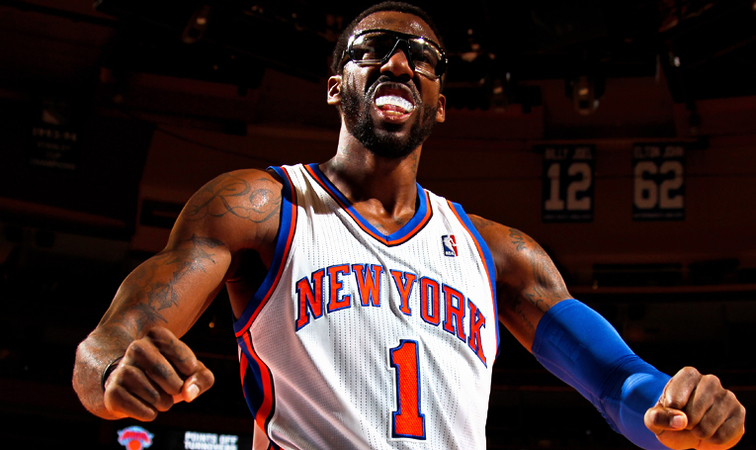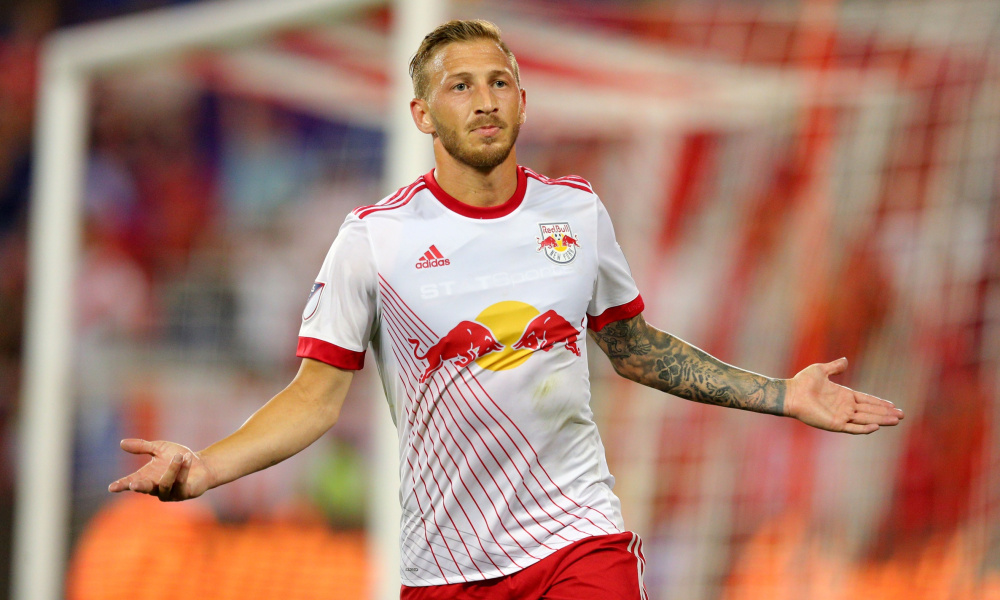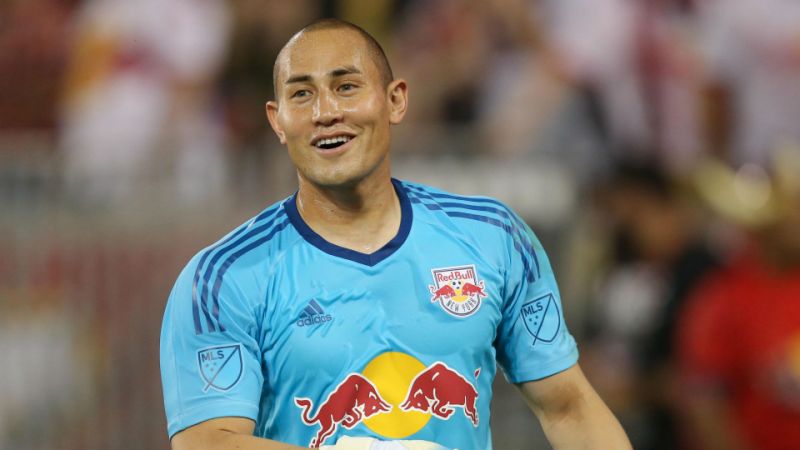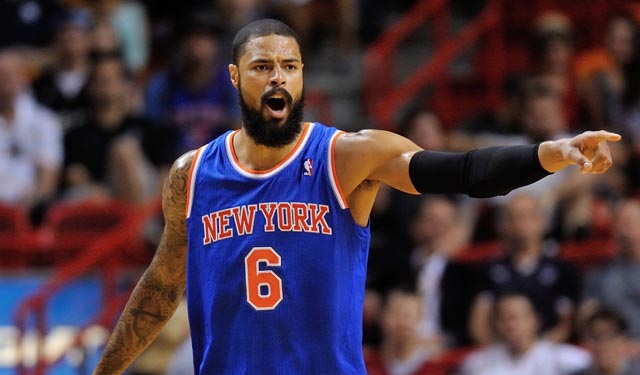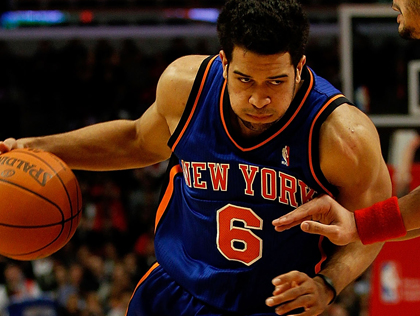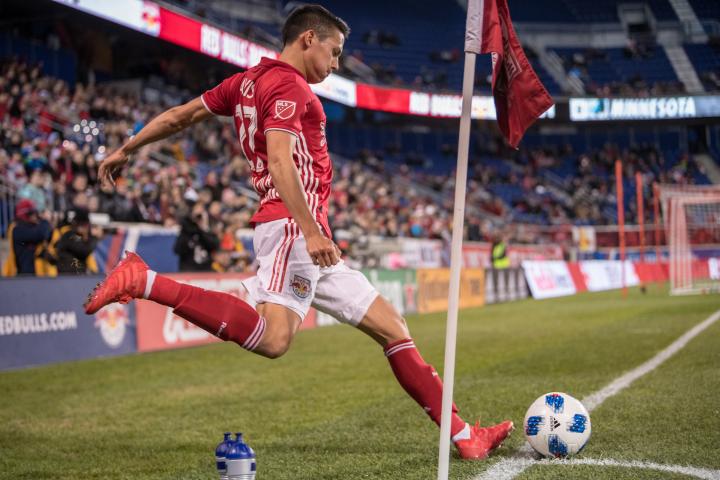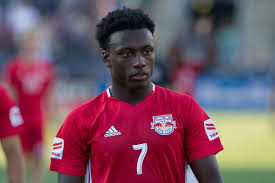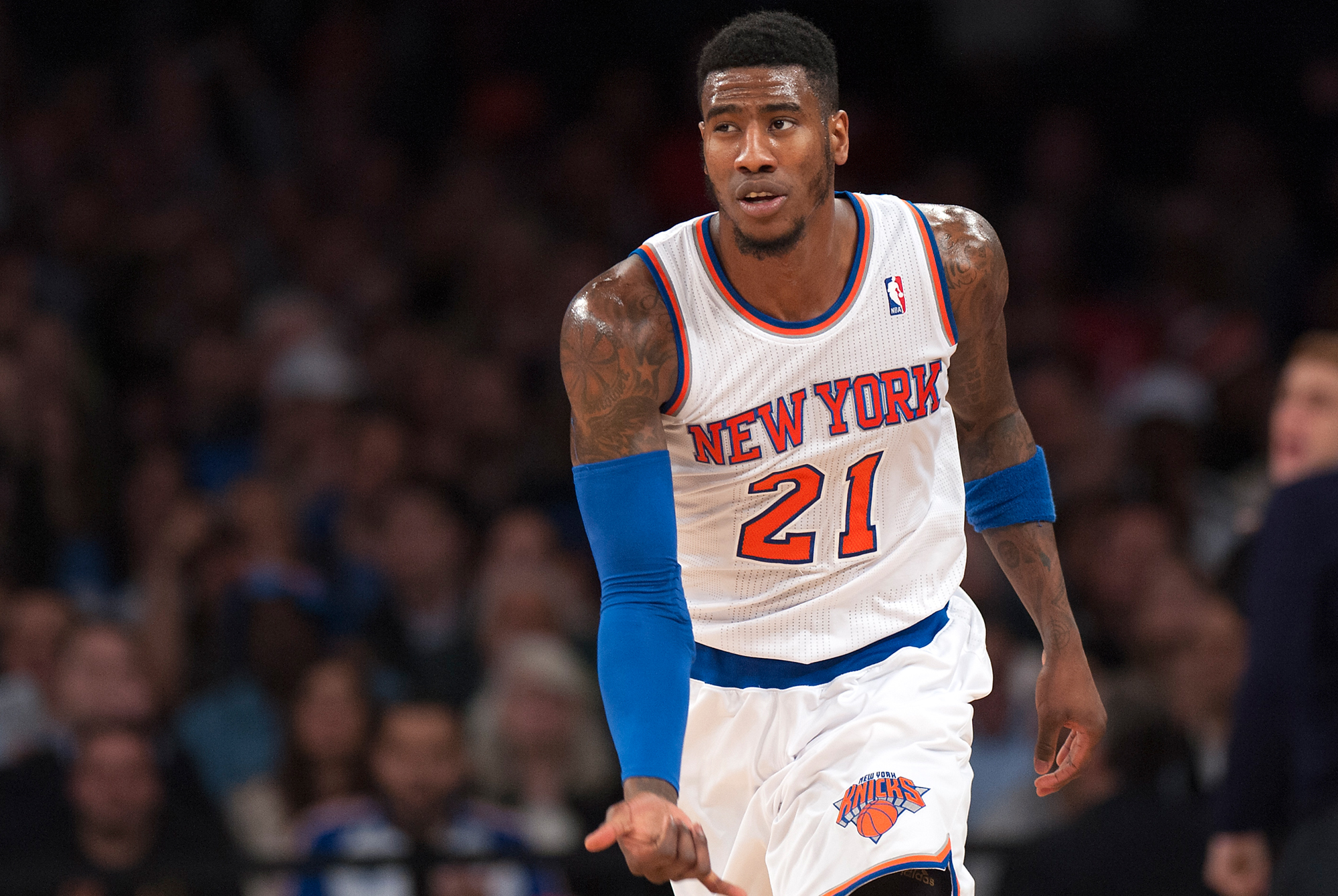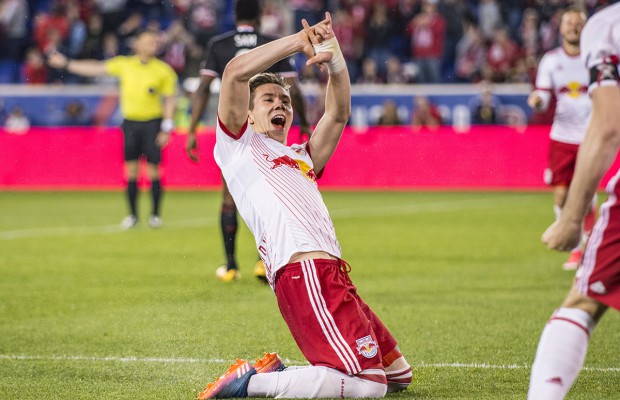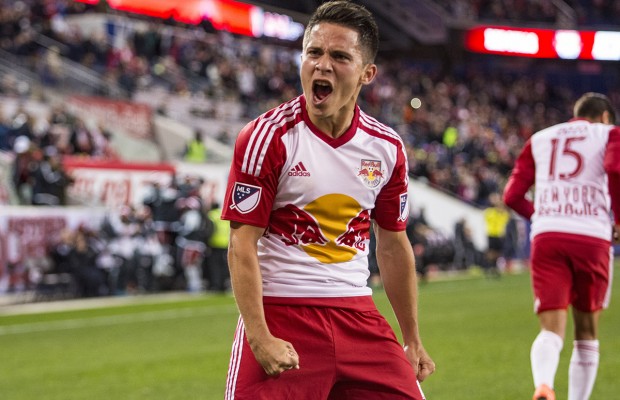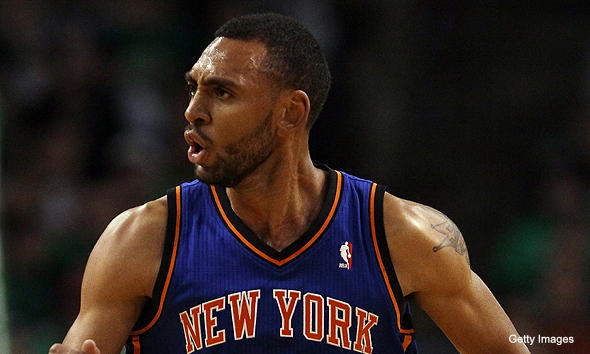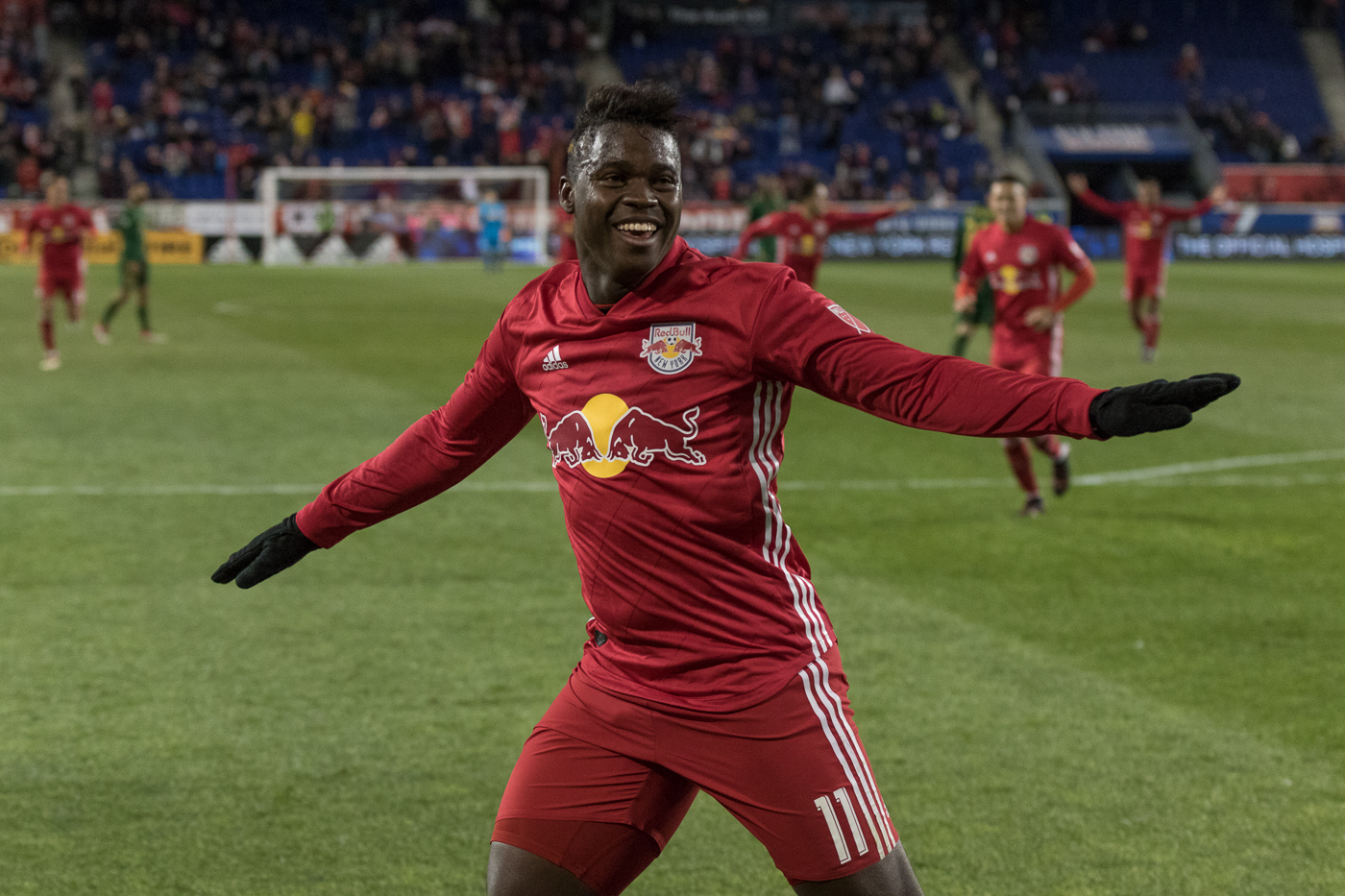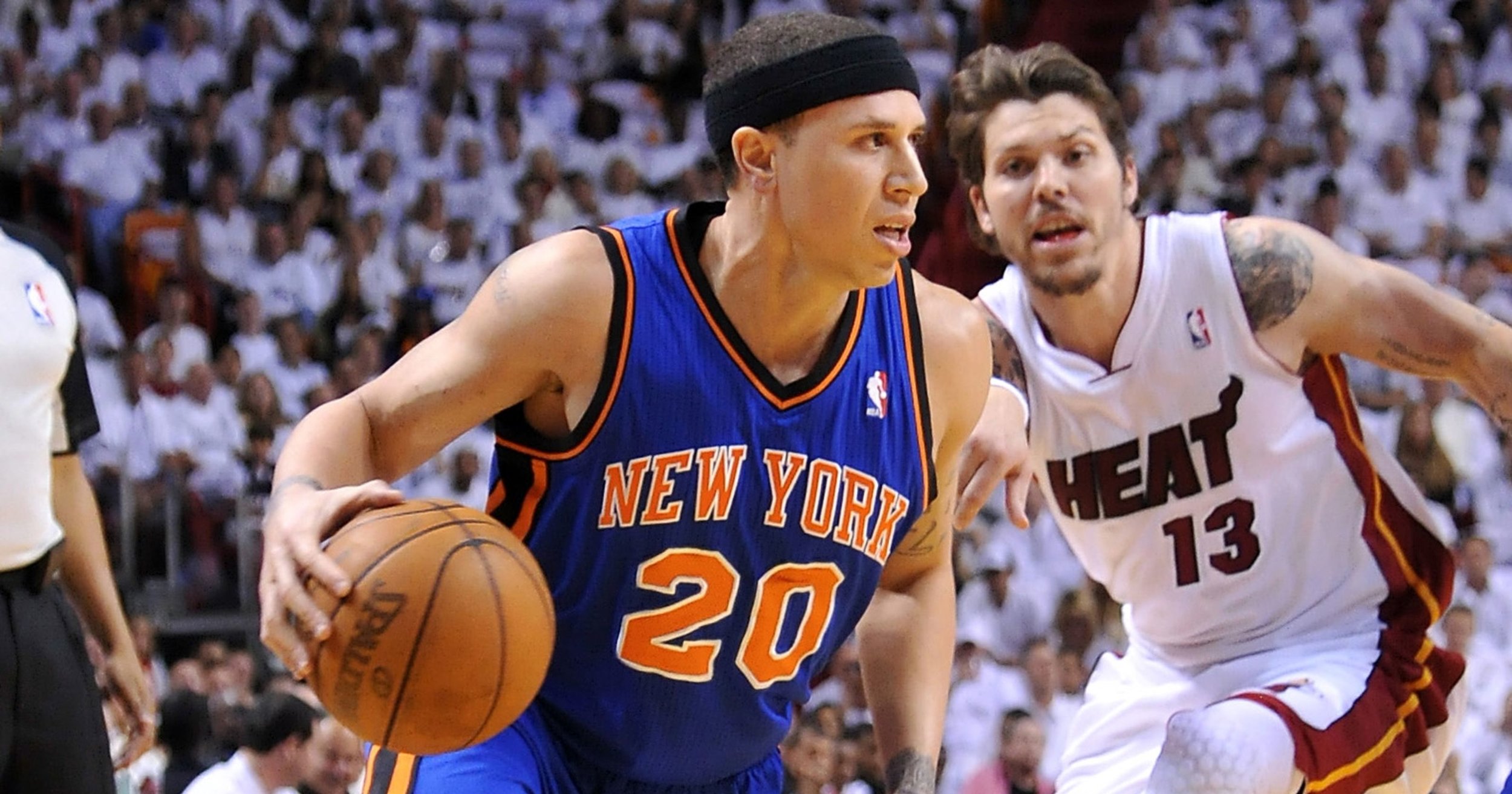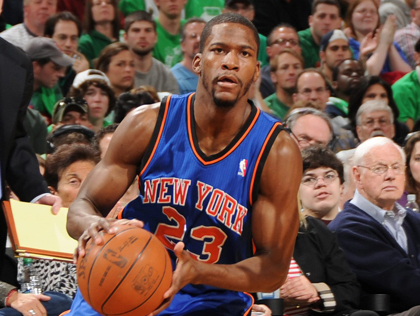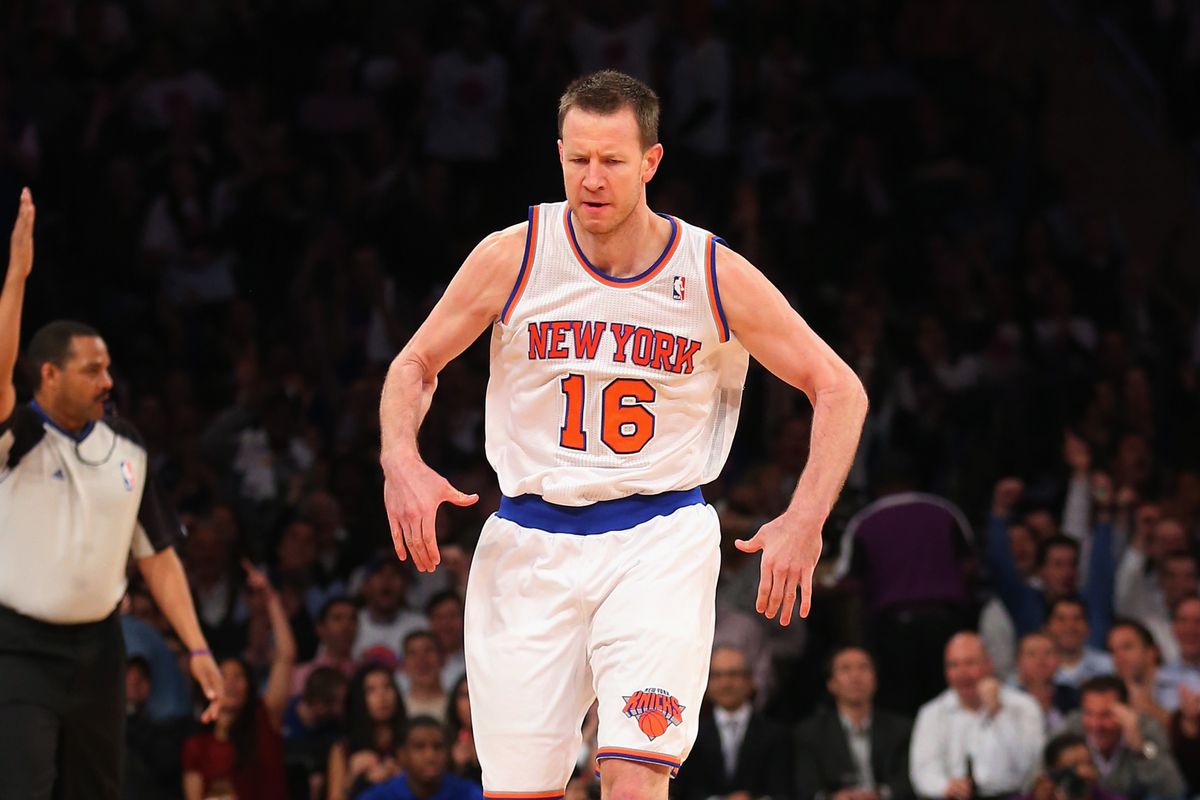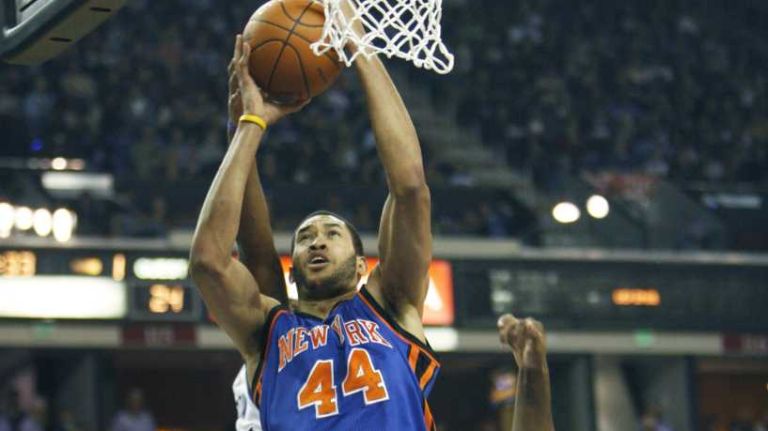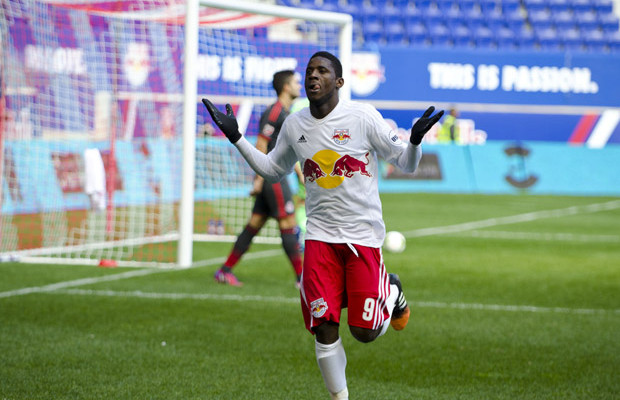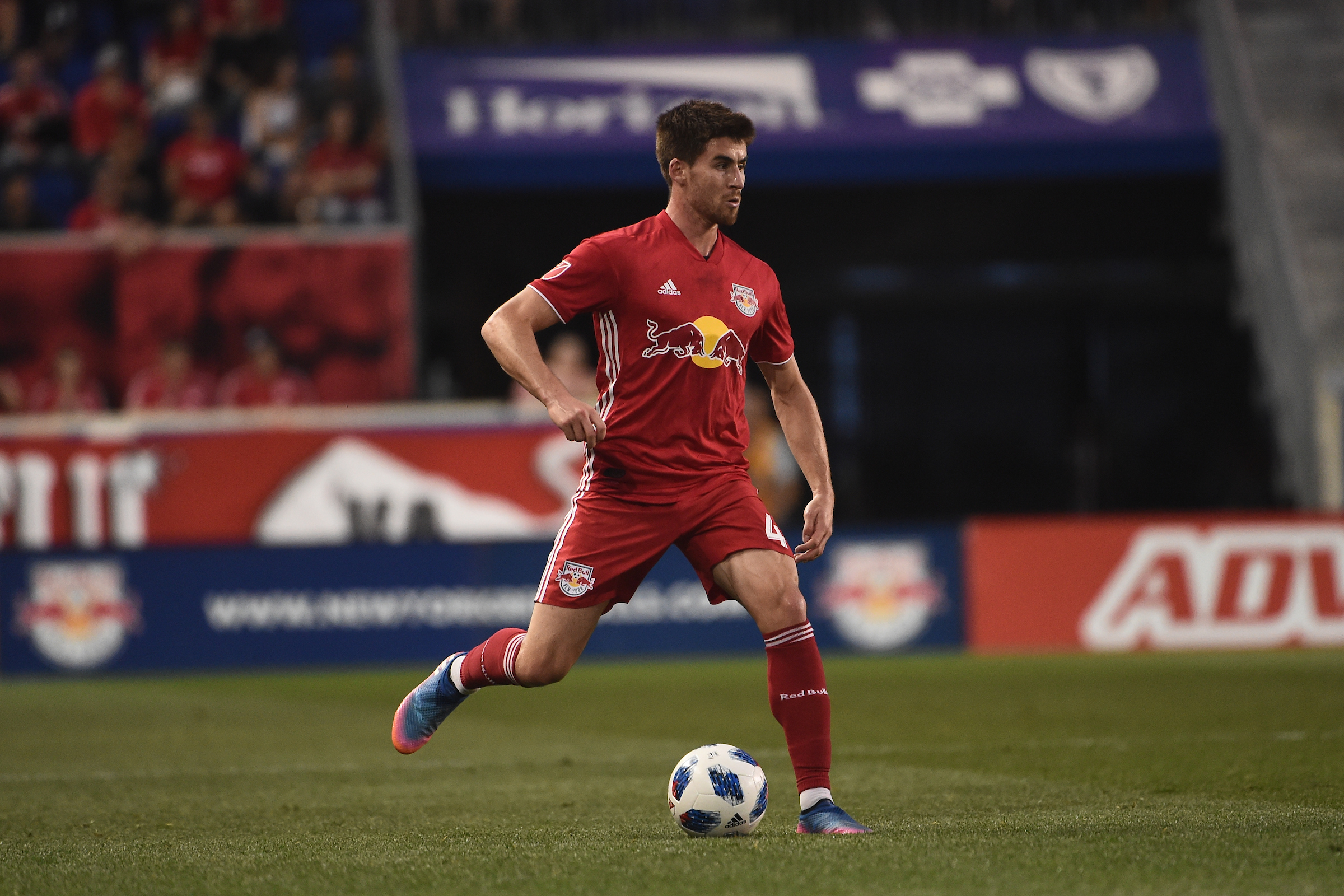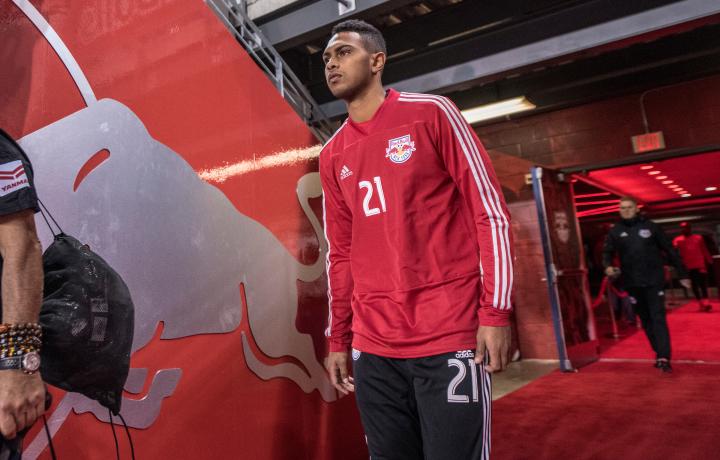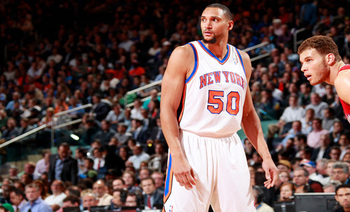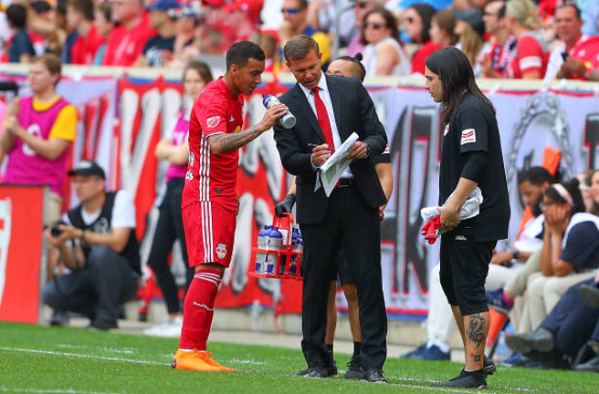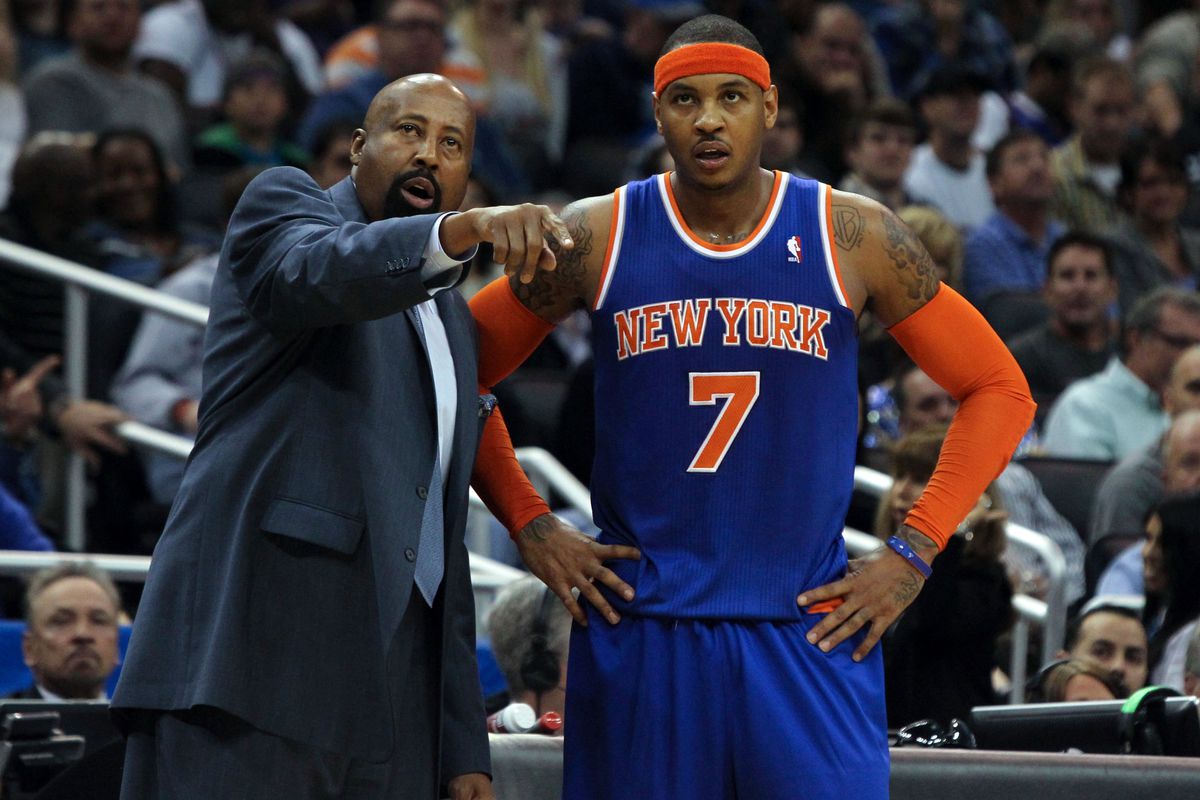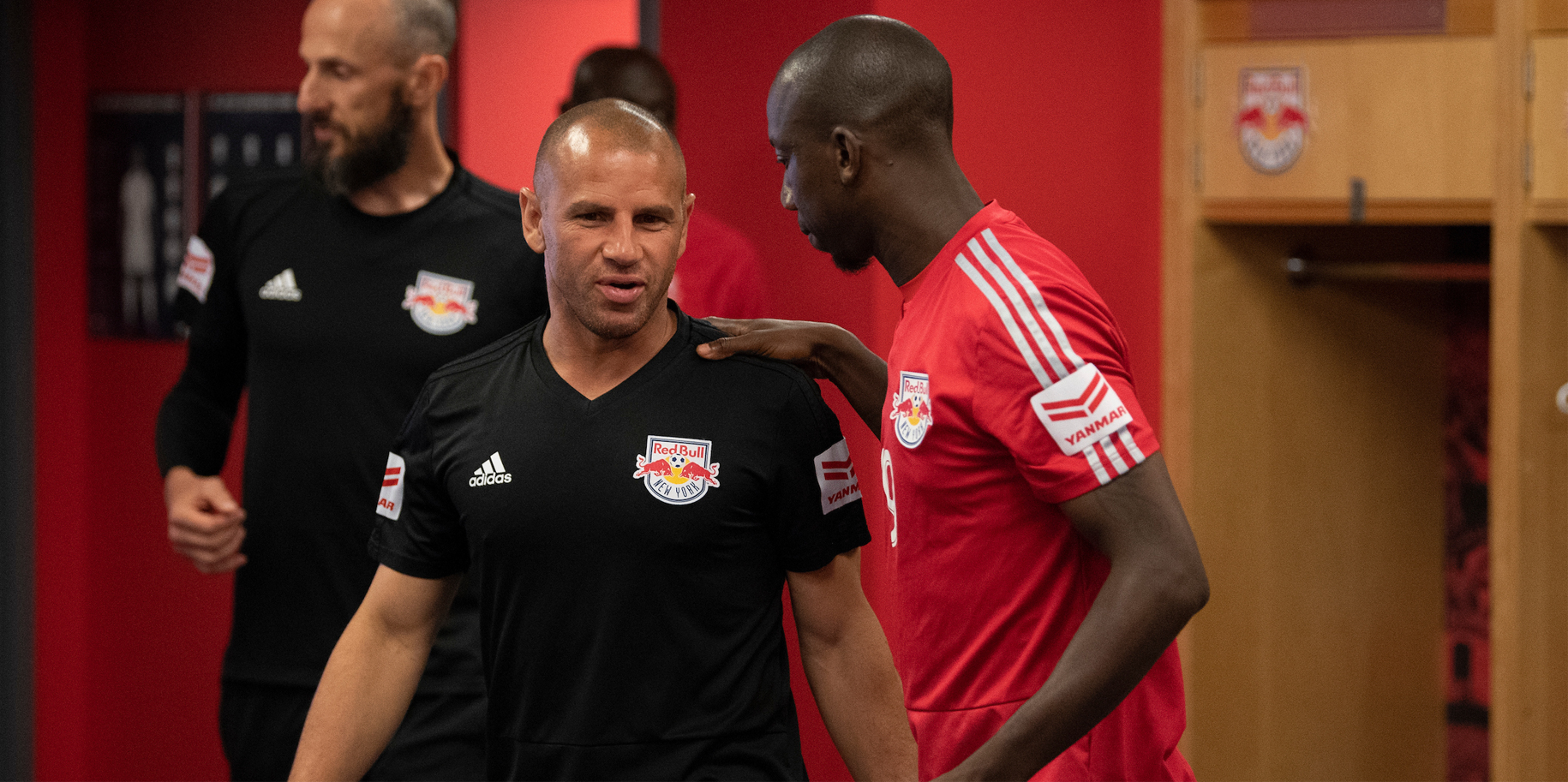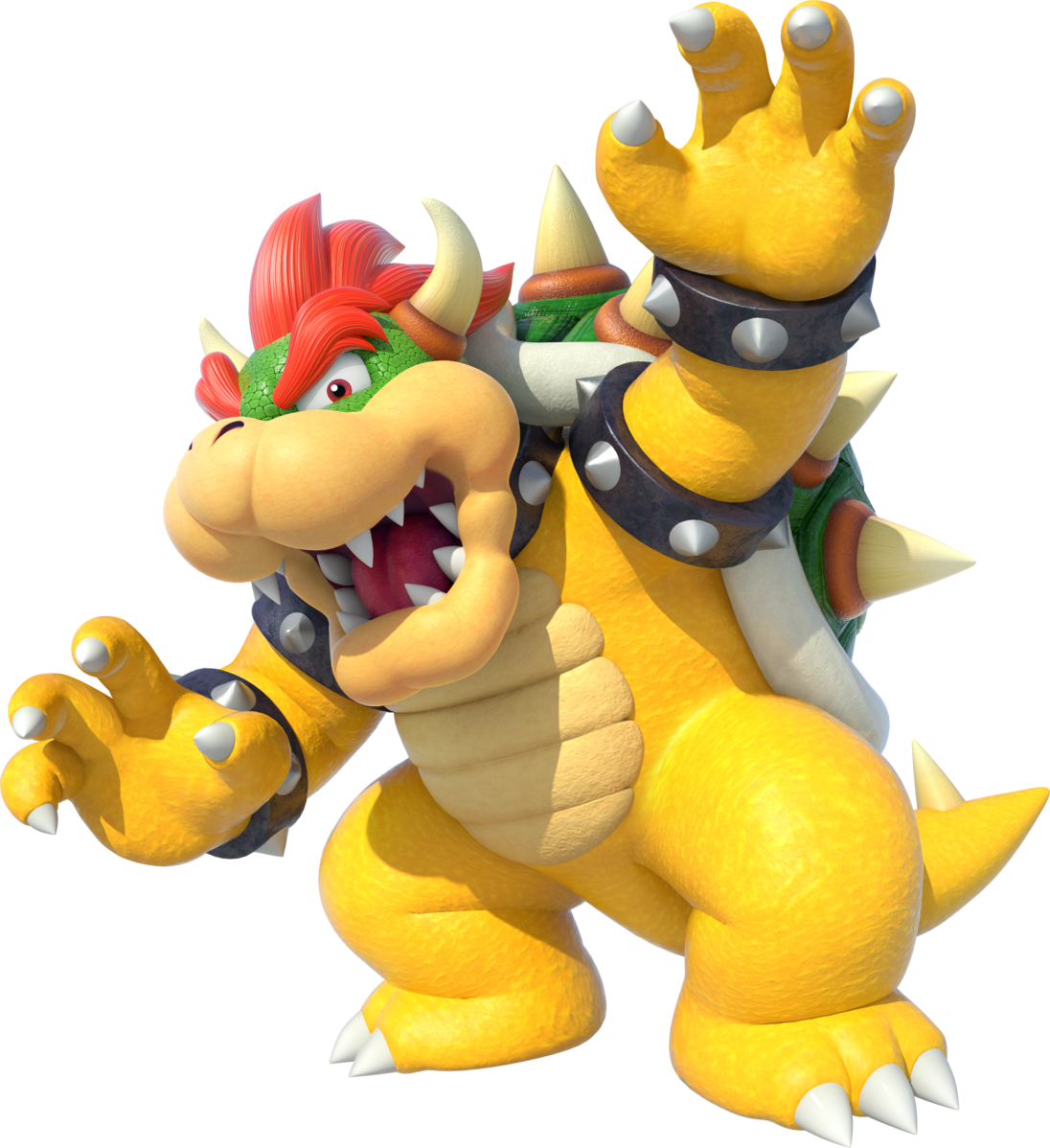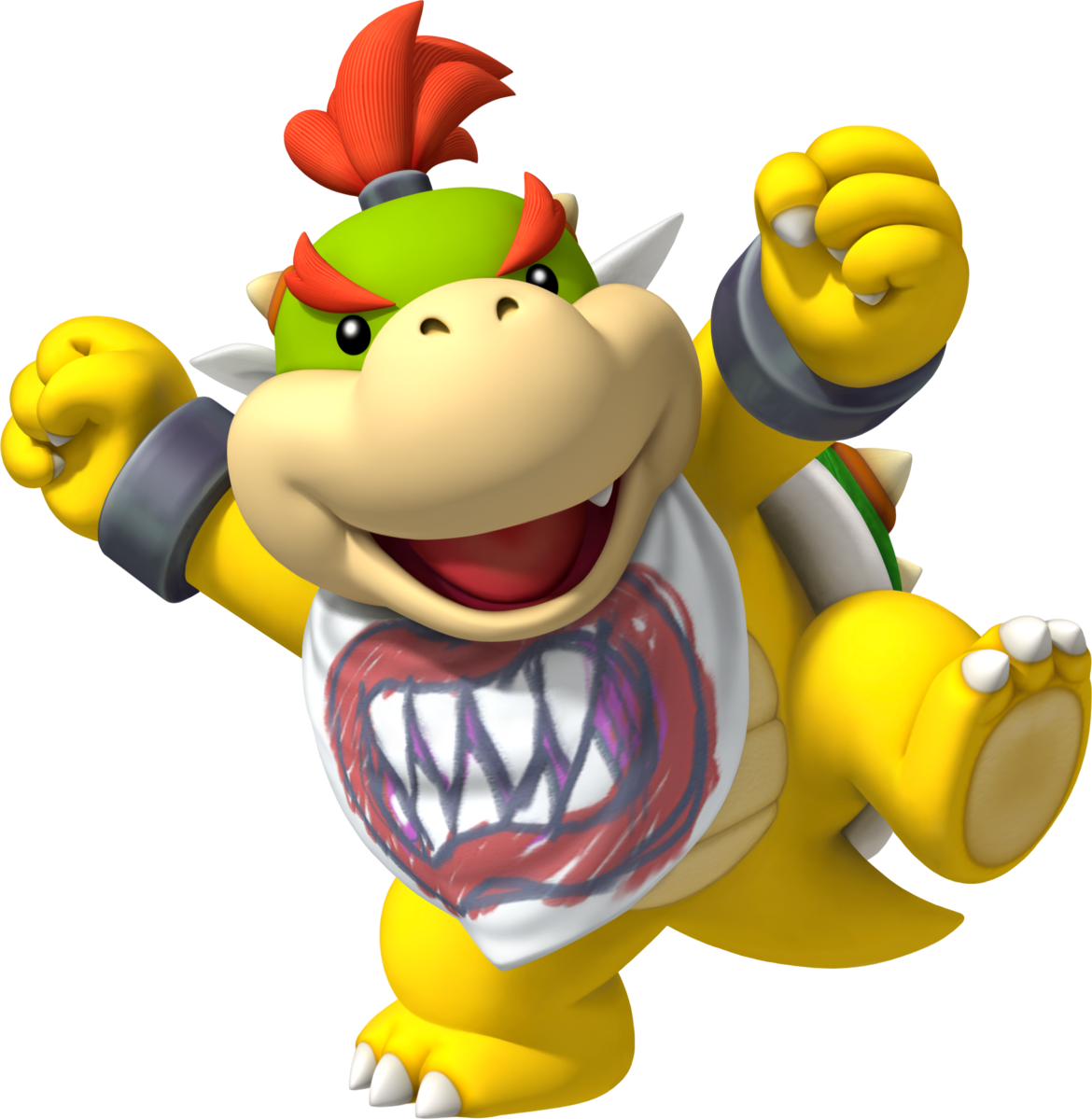Upon firing Mike D’Antoni, the Knicks named D’Antoni’s assistant Mike Woodson as the interim head coach. Woodson took on a markedly more pragmatic approach to the offense than his predecessor did, resorting to trying to base his offense around maximizing Carmelo Anthony’s prowess in isolation than the pick and roll sets with Jeremy Lin and Amar’e Stoudamire that D’Antoni found a relative level of success with. Woodson’s Knicks markedly operated at a much slower pace than D’Antoni’s as a result of this, but generally grinded out good results. The Knicks qualified for the playoffs, where they bagged their first playoff win since 2001 against the Miami Heat before losing the series in 5. Needless to say, the parallels with Chris Armas are pretty clear here, where the head assistant takes over for the departing head coach, and more or less keeps the ship running by grinding out ugly wins. The point of differentiation between Woodson and Armas for me, however, is the acumen the latter showed in adjusting to changes in the game state. Armas defenders on RBNY Twitter will highlight how he generally does a better job of making in-game adjustments than his predecessor did, and does a better job of facilitating competition for starting positions amongst the squad, in spite of the Armas detractors generally bemoaning the fact that Armas’ teams don’t play with the same intensity over a 90-minute period that Marsch’s teams did. Mike Woodson, on the other hand, was somewhat exposed as lacking ideas outside of letting Carmelo Anthony do whatever he wanted on offense. After guiding the Knicks to the 2nd seed in the weak Eastern Conference the next year, the Knicks proceeded to miss the playoffs in 13/14, which resulted in Woodson losing his job. If there’s any indication of the opening stages of the Chris Armas era, I think it’s safe to say that our former head assistant seems to have displayed more promise than the Knicks’ former head assistant.
So there you have it, every member of the Linsanity Knicks as a member of the 2018 New York Red Bulls. You will note that there were some Red Bull standouts who were not included on this list, particularly our entire starting back line. It’s because unlike the Knicks, the 2018 Red Bulls actually have competent defenders. The RBNY defenders in 2018 are so good that they can contribute in the attack, unlike the Knicks in 2011/12 who had attackers who were liabilities on both ends of the court. Ultimately, Linsanity proved to be a but a flash in the pan. Jeremy Lin tore his meniscus in late March, and missed the rest of the season recuperating. He then proceeded to be controversially let go by the Knicks, supposedly as a result of Carmelo Anthony’s refusal to share the spotlight with the same man that he inadvertently cast on the path to stardom. This was the beginning of the downward spiral for both Jeremy Lin and the Knicks. The rest of Melo’s tenure in New York saw the team bottoming out in 2014/15, where they achieved the worst record in franchise history, earning them the 4th overall pick that allowed them to make the much-maligned selection of a Euro nobody named Kristaps Porzingis. Wonder how that worked out.
As for Jeremy Lin, his stint with the Knicks proved that he could at least hang in the NBA, while also showing that he had the potential to be a star. Unfortunately for Lin, the teams he ended up with later in his career never quite allowed him to handle the ball as much as he did under D’Antoni in New York. The brightest landing spot for him was the team he ended up with immediately after his stint with the Knicks, the Houston Rockets, where he looked poised to be the main ball handler as he did when his star in New York burned the brightest. Unfortunately for him, the Rockets then proceeded to pull off a trade for wantaway Thunder sixth man James Harden, who took over much of the ball-handling that Lin seemed initially poised to receive. Lin struggled playing off-the-ball next to Harden, and his poor play eventually resulted in his starting spot being ironically supplanted by one of his backups during the Linsanity period in New York, Toney Douglas. Lin then bounced around the league as a rotation option with the Lakers and Hornets before returning to New York with the Nets, where he suffered a season-ending ruptured patellar tendon at the start of the 2017/18 campaign. Now currently with the Atlanta Hawks as a 30 year old veteran in his 7th year in the NBA, it is entirely possible that Lin’s best years are already behind him. Truly, the greatest paradox of Jeremy Lin’s career is the lingering feeling that it could have been so much more even in spite of his already unlikely stardom- he just never really ended up ending up in a situation elsewhere that played to his strengths before injuries took their toll. I guess that’s what Linsanity reminds us of, to enjoy the highs while they still last, because all it takes sometimes is one bad break to undo all your best work. The 2018 New York Red Bulls are undoubtedly a high-water mark for the organization right now, and they certainly go around acquiring talent in a savvier way than the Knicks ever did, which makes me confident that they won’t end up in the same pratfalls that ended up making Linsanity a passing craze rather than the start of a new golden era. But at the end of the day, enjoy enjoying the sports while they are still good. These are the days that you will look back on longingly when it all goes wrong.

